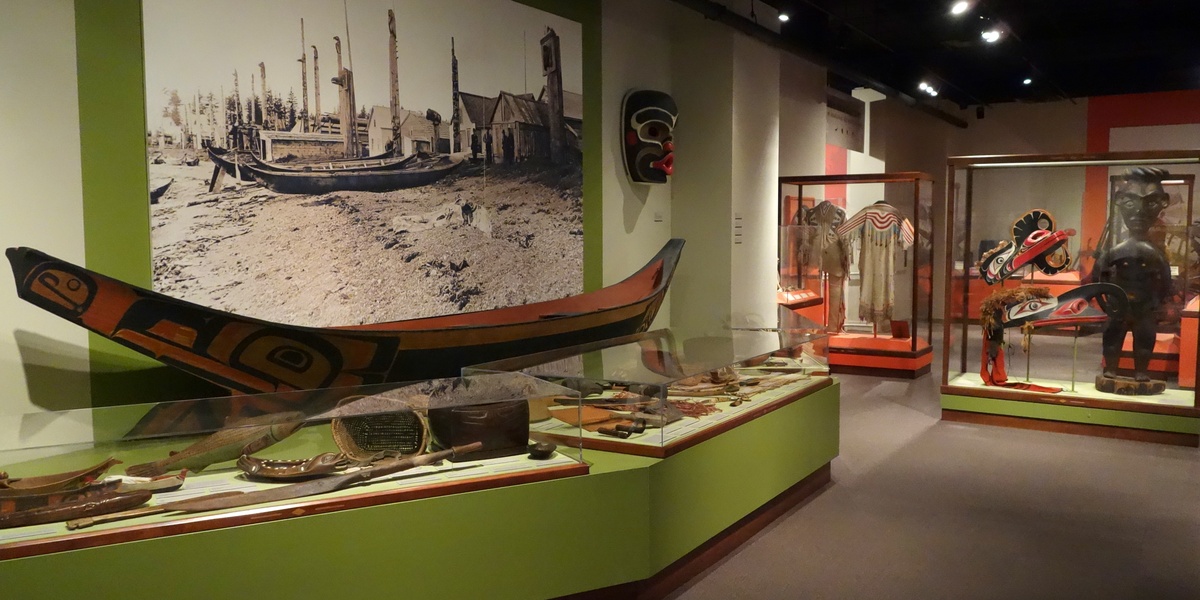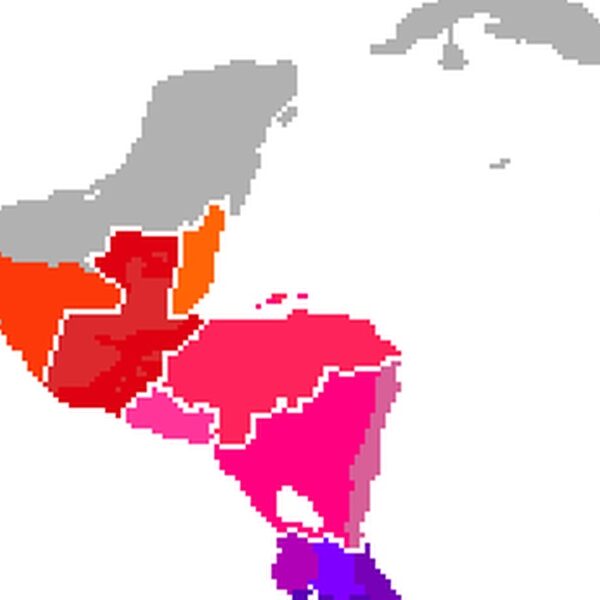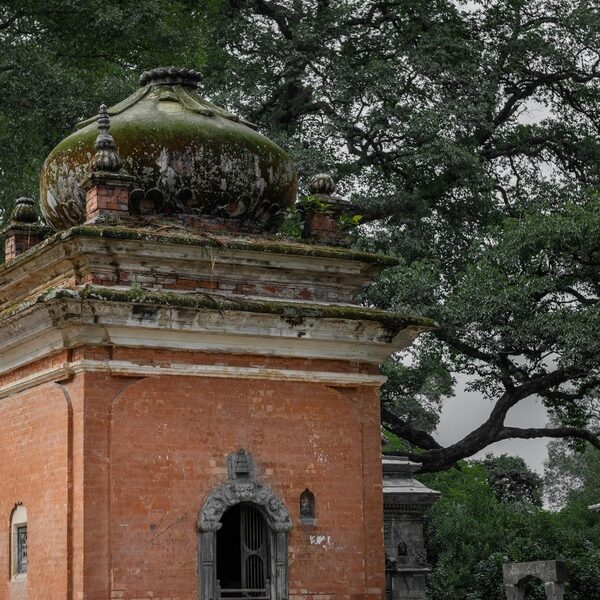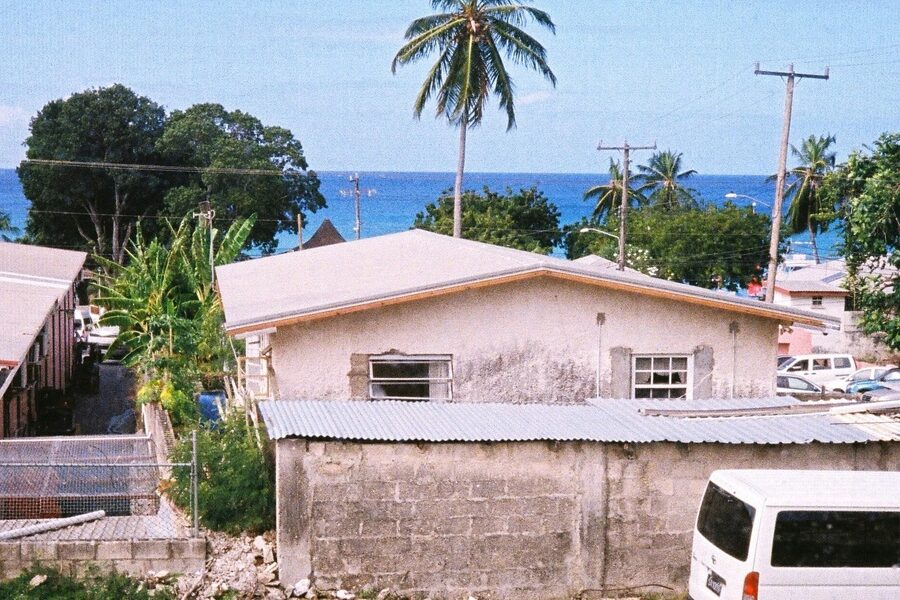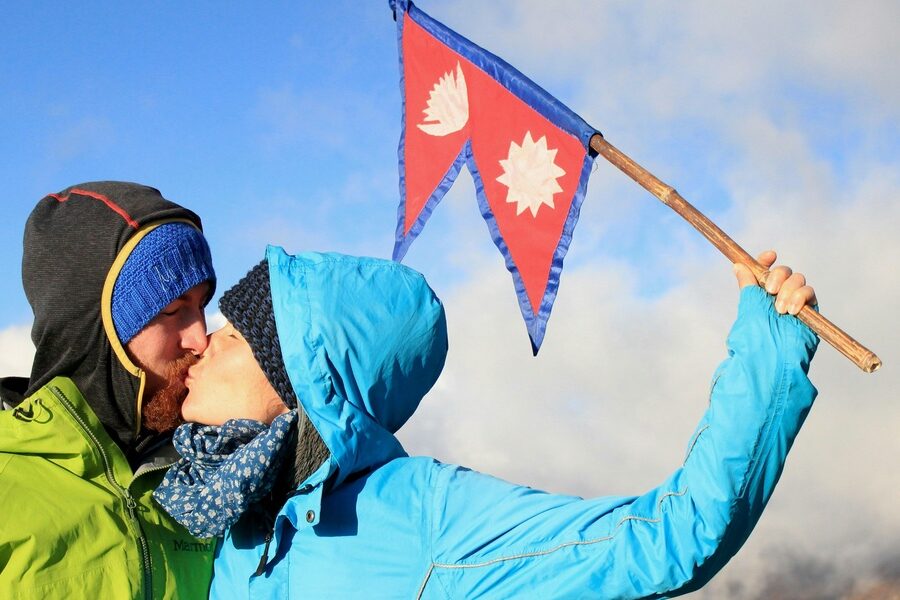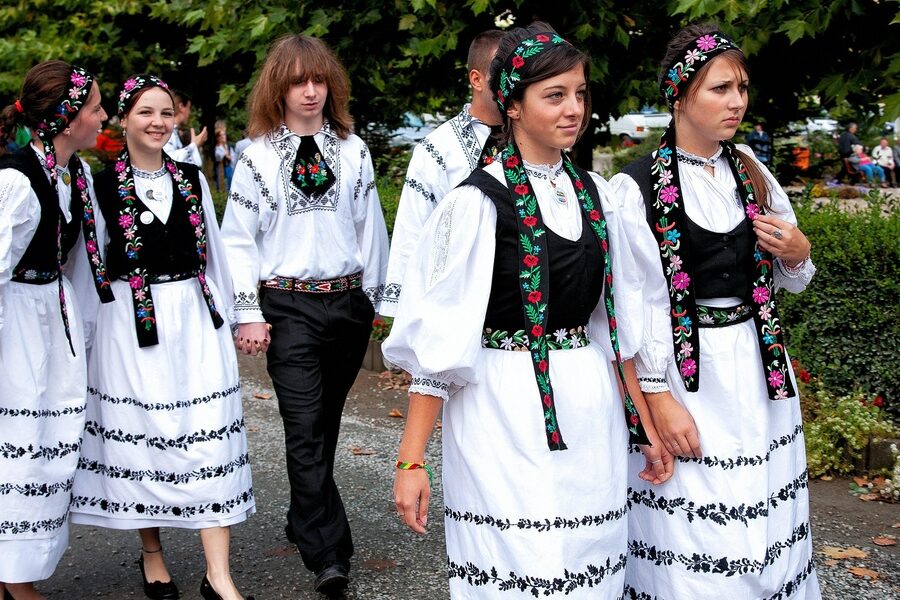North America’s cultural landscape is the product of centuries of migration, Indigenous nations, and evolving identities; towns, cities, and rural communities each hold distinct traditions and histories that shape regional life. From festivals and foodways to language retention, tracing who lives where helps make sense of that diversity.
There are 46 Ethnic Groups in North America, ranging from Acadian to Zapotec. For each group, you’ll find below entries organized with the columns Primary region/country,Population (est.),Primary language(s), giving a quick, comparable snapshot you can scan or cite — you’ll find below.
How were these 46 ethnic groups selected?
The list focuses on groups with an established presence and self-identified communities in North America, drawing on census categories, academic references, and widely recognized ethnolinguistic classifications to balance Indigenous nations, settler diasporas, and immigrant groups; it’s meant as a broad, practical overview rather than an exhaustive academic catalogue.
Where can I verify population estimates and language data?
Population and language figures are typically estimates compiled from national censuses, Ethnologue, academic studies, and government reports; for precise numbers or recent changes, consult the cited sources for each entry or the latest national statistics and linguistic surveys.
Ethnic Groups in North America
| Name | Primary region/country | Population (est.) | Primary language(s) |
|---|---|---|---|
| Navajo (Diné) | Southwestern USA | 400,000 | English, Navajo |
| Cherokee | Southeastern USA (Oklahoma, North Carolina) | 820,000 | English, Cherokee |
| Sioux (Lakota, Dakota, Nakota) | Northern Great Plains (USA, Canada) | 170,000 | English, Lakota, Dakota |
| Ojibwe (Anishinaabe) | Great Lakes Region (USA, Canada) | 360,000 | English, Ojibwe |
| Cree | Canada, Northern USA (Montana) | 350,000 | English, French, Cree |
| Iroquois (Haudenosaunee) | Northeastern USA, Eastern Canada | 125,000 | English, Mohawk, other Iroquoian languages |
| Inuit | Arctic regions (Canada, Greenland, USA) | 150,000 | Inuktitut, English, Danish, Greenlandic |
| Métis | Canada (Prairie Provinces), Northern USA | 625,000 | English, French, Michif |
| Nahua | Central Mexico | 2,000,000 | Nahuatl, Spanish |
| Maya | Southern Mexico, Guatemala, Belize | 6,500,000 | Spanish, various Mayan languages |
| Zapotec | Mexico (Oaxaca) | 800,000 | Spanish, Zapotec languages |
| African American | USA | 47,000,000 | English (including AAVE), Gullah |
| English American | USA, Canada | 46,500,000 | English |
| German American | USA, Canada | 45,000,000 | English, German dialects (e.g., Pennsylvania Dutch) |
| Irish American | USA, Canada | 35,000,000 | English, Irish Gaelic |
| Mexican American | USA | 37,200,000 | English, Spanish |
| Italian American | USA, Canada, Mexico | 18,100,000 | English, Italian |
| French Canadian | Canada, Northeastern USA | 11,900,000 | French (Quebec, Acadian dialects), English |
| Scottish American | USA, Canada | 8,500,000 | English, Scots, Scottish Gaelic |
| Polish American | USA, Canada | 9,200,000 | English, Polish |
| Chinese American | USA, Canada | 5,500,000 | English, Mandarin, Cantonese, other Chinese dialects |
| Jewish American | USA, Canada | 7,600,000 | English, Hebrew, Yiddish |
| Puerto Rican | USA (especially Northeast, Florida) | 5,800,000 | Spanish, English |
| Cuban American | USA (especially Florida) | 2,400,000 | Spanish, English |
| Cajun | USA (Louisiana) | 400,000 | English, Cajun French |
| Louisiana Creole | USA (Louisiana) | 200,000 | English, Louisiana Creole French |
| Filipino American | USA, Canada | 4,500,000 | English, Tagalog, other Philippine languages |
| Indian American | USA, Canada | 5,100,000 | English, Hindi, Gujarati, and other Indian languages |
| Vietnamese American | USA, Canada | 2,300,000 | English, Vietnamese |
| Korean American | USA, Canada | 2,000,000 | English, Korean |
| Japanese American | USA, Canada | 1,600,000 | English, Japanese |
| Hmong American | USA (California, Minnesota, Wisconsin) | 327,000 | English, Hmong |
| Dominican American | USA (especially Northeast) | 2,400,000 | Spanish, English |
| Salvadoran American | USA, Canada | 2,500,000 | Spanish, English |
| Haitian American | USA, Canada | 1,200,000 | English, Haitian Creole, French |
| Jamaican American | USA, Canada | 1,300,000 | English, Jamaican Patois |
| Gullah Geechee | USA (South Carolina, Georgia Sea Islands) | 200,000 | English, Gullah Creole |
| Mennonite | USA, Canada, Mexico | 1,500,000 | English, Pennsylvania Dutch, Plautdietsch |
| Garifuna | Central America (Belize, Honduras), USA | 200,000 | Garifuna, Spanish, English |
| Acadian | Canada (Maritimes), USA (Maine) | 100,000 | French (Acadian dialect), English |
| Ukrainian Canadian | Canada | 1,400,000 | English, Ukrainian |
| Lebanese American | USA, Canada | 600,000 | English, Arabic, French |
| Iranian American | USA, Canada | 600,000 | English, Persian (Farsi) |
| Armenian American | USA, Canada | 500,000 | English, Armenian |
| Melungeon | USA (Appalachia) | Unknown | English |
| Romani American | USA, Canada | 1,000,000 | English, Romani, Romanian |
Images and Descriptions
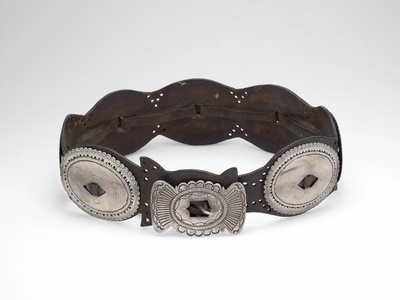
Navajo (Diné)
The largest federally recognized Indigenous nation in the U.S. They are known for their beautiful weaving, silversmithing, and the vital role of the Navajo Code Talkers in World War II.

Cherokee
One of the largest Indigenous nations in the U.S. They are known for their historical resilience, a sophisticated pre-contact society, and the creation of a written syllabary by Sequoyah in the 1820s.
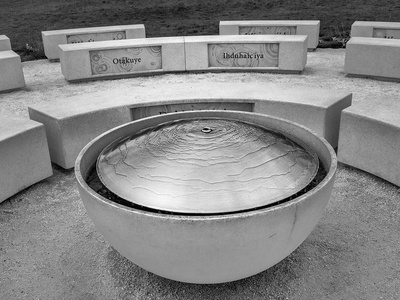
Sioux (Lakota, Dakota, Nakota)
A confederacy of several nations who historically lived a nomadic lifestyle hunting bison. They are renowned for their warrior traditions and spiritual leadership, playing a central role in Plains history.
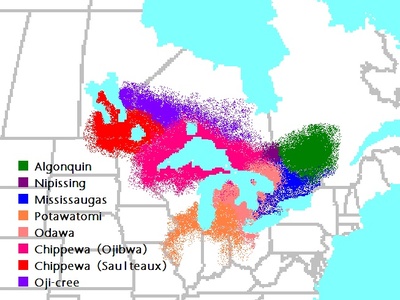
Ojibwe (Anishinaabe)
One of the most populous Indigenous peoples north of Mexico. They are known for their rich oral history, birchbark canoes, and their historical role in the North American fur trade.
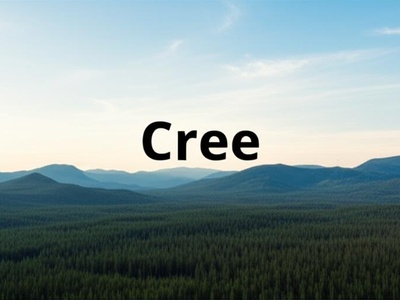
Cree
One of the largest First Nations groups in Canada. Their traditional territory spans from the Rocky Mountains to the Atlantic Ocean, and they have diverse cultures adapted to boreal forest and plains environments.

Iroquois (Haudenosaunee)
A historically powerful confederacy of six nations: Mohawk, Oneida, Onondaga, Cayuga, Seneca, and Tuscarora. They are known for their matrilineal society and their influential democratic constitution.
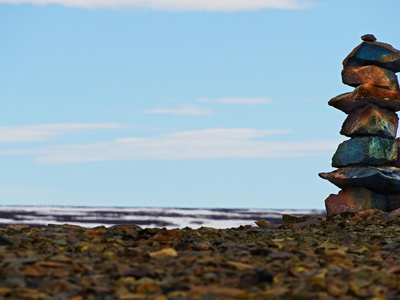
Inuit
Indigenous peoples inhabiting the Arctic. They are masters of survival in a harsh climate, with a culture rich in storytelling, printmaking, and sculpture, traditionally centered around hunting and fishing.
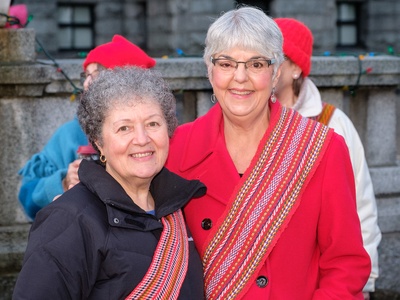
Métis
A distinct Indigenous people with shared ancestry from First Nations and European (primarily French) settlers. Their culture emerged from the North American fur trade and is recognized in Canada.
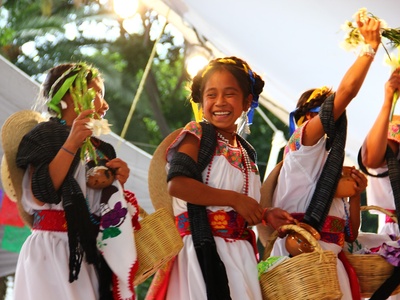
Nahua
The largest Indigenous group in Mexico, descended from the ancient Aztecs. Their language, Nahuatl, has given many words to Spanish and English, including “chocolate,” “tomato,” and “avocado.”
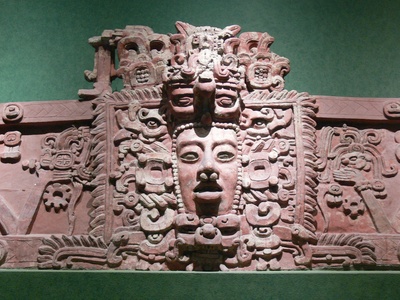
Maya
Descendants of the ancient Maya civilization. They maintain a vibrant culture with deep traditions in textiles, agriculture, and spirituality, and many still speak one of over 20 distinct Mayan languages.
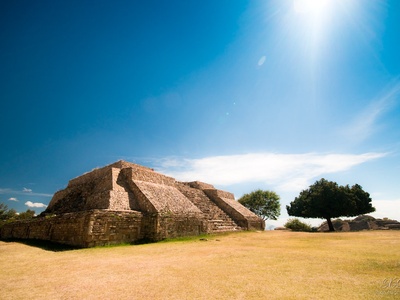
Zapotec
An Indigenous people centered in the state of Oaxaca, Mexico. They have a rich pre-Columbian history, known for the ancient city of Monte Albán and a strong contemporary artistic tradition.
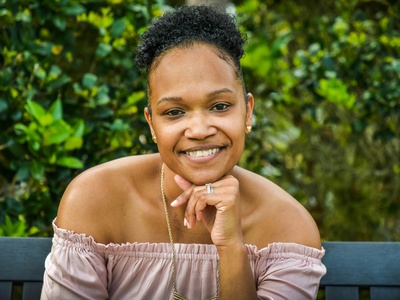
African American
Descendants of enslaved Africans in the United States. This group has a rich and distinct culture forged through a shared history of struggle and resilience, shaping American music, food, and politics.
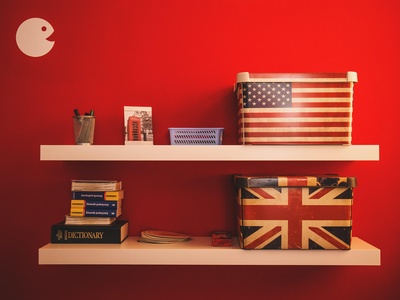
English American
Americans of English ancestry, forming one of the largest and earliest non-Indigenous groups. Their cultural influence is foundational in American law, language, and customs, though often viewed as the “invisible” norm.
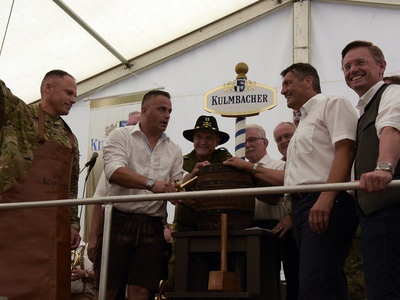
German American
The largest self-reported ancestry group in the United States. They have profoundly influenced American food (hamburgers, hot dogs), traditions (Christmas trees), and contributed to industry and farming.
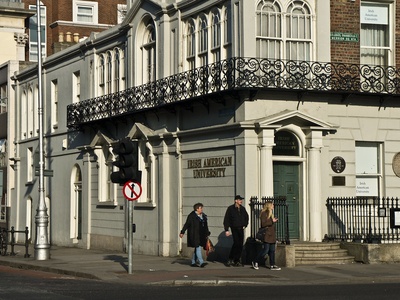
Irish American
One of the largest ancestry groups, with a major wave of immigration during the Great Famine. They have had a significant impact on American politics, labor movements, and culture, especially in urban centers.
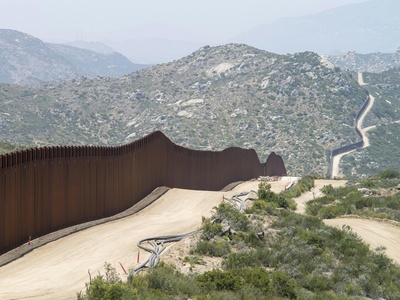
Mexican American
Americans of full or partial Mexican descent. This diverse group includes recent immigrants and families who have lived in the Southwestern U.S. for generations, even before it was part of the United States.
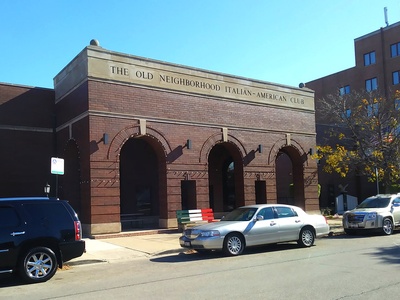
Italian American
Descendants of Italian immigrants who arrived primarily in the late 19th and early 20th centuries. Their culture has had a huge impact on American cuisine, arts, and family-centric community life.
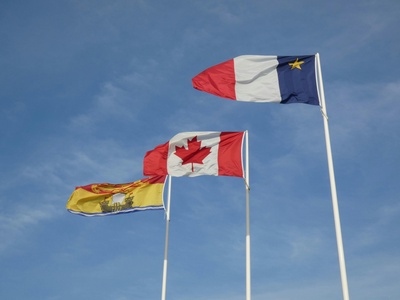
French Canadian
An ethnic group descended from French colonists of New France. This group includes the distinct Québécois of Quebec and the Acadians of the Maritimes, both with strong linguistic and cultural identities.
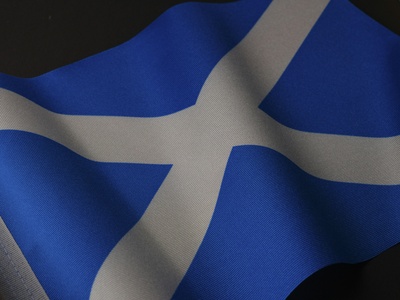
Scottish American
Descendants of immigrants from Scotland. They played a major role in the settlement of Appalachia and Canada, and their cultural influence is seen in music, education (founding many universities), and industry.
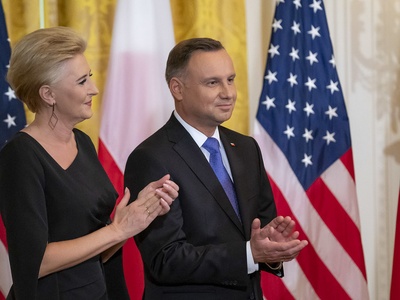
Polish American
Descendants of Polish immigrants, with major waves in the early 20th century. They established strong, tight-knit communities, particularly in the Midwest and Northeast, with rich traditions in food and festivals.
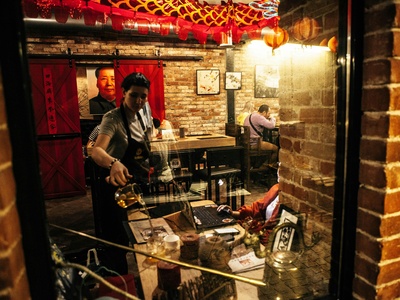
Chinese American
One of the oldest and largest Asian diaspora groups in North America. Their history includes building the transcontinental railroad and creating vibrant Chinatowns that are cultural centers in many major cities.
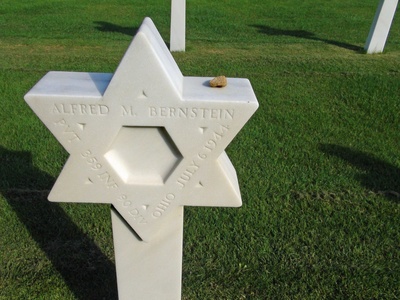
Jewish American
An ethnoreligious group with a long history in North America. Primarily Ashkenazi but also Sephardic and Mizrahi, they have made profound contributions to science, arts, comedy, and social justice movements.
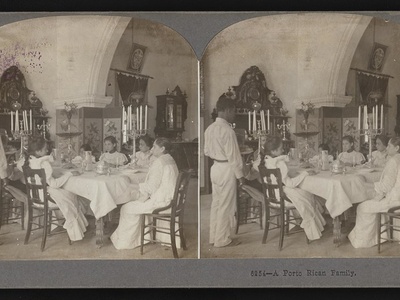
Puerto Rican
U.S. citizens from the island of Puerto Rico or their descendants on the mainland. They have a vibrant Caribbean culture and have built strong communities, particularly in New York City and Florida.

Cuban American
Primarily descendants of Cubans who fled after the 1959 revolution. They form a politically influential and economically successful community, heavily concentrated in South Florida with a distinct cultural identity.
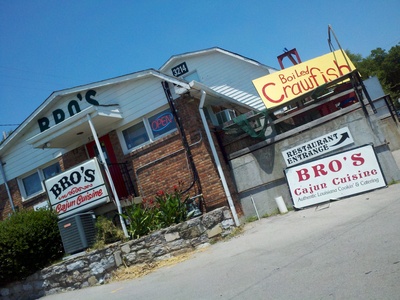
Cajun
Descendants of French-Acadian exiles from Canada. They developed a unique culture in the bayous of Louisiana, famous for its distinct dialect, zydeco music, and flavorful cuisine like gumbo and jambalaya.

Louisiana Creole
A people of mixed European, African, and Native American ancestry, originating in colonial Louisiana. Their identity is distinct from Cajun, with a rich history and unique contributions to food, music, and culture.
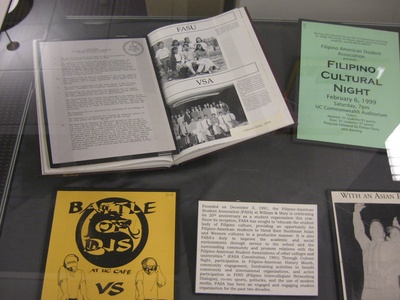
Filipino American
The second-largest Asian American group. They have a long history of migration to North America and are prominent in fields like healthcare, with strong family and community networks.
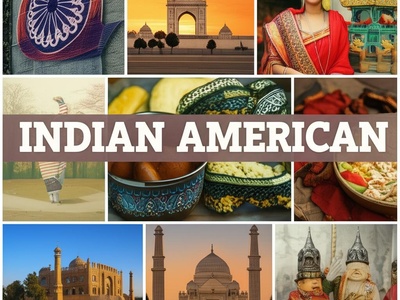
Indian American
Americans of South Asian Indian descent. A diverse, highly educated, and professionally successful group that has grown rapidly in recent decades, influencing tech, medicine, and American cuisine.
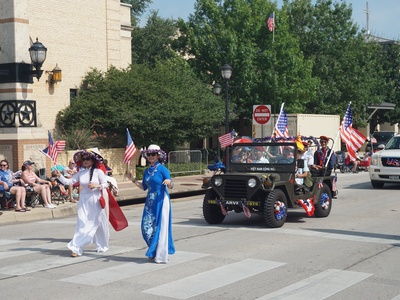
Vietnamese American
Primarily composed of refugees who arrived after the Vietnam War in 1975. They have built vibrant communities, especially in California and Texas, and have become successful entrepreneurs and professionals.
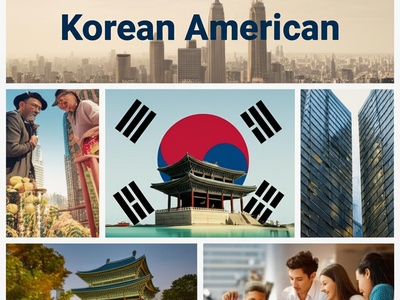
Korean American
A group with major immigration waves since the 1960s. Known for their entrepreneurial spirit, strong church-centered communities, and the global popularity of their cuisine and pop culture.
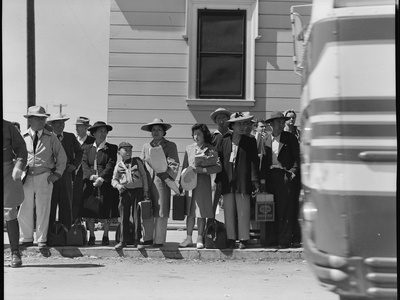
Japanese American
A community with a long history on the West Coast, marked by the unjust internment during WWII. They have made significant contributions to agriculture, politics, and the arts despite facing historical discrimination.

Hmong American
An ethnic group from Southeast Asia who allied with the U.S. during the Vietnam War and later settled as refugees. They maintain a strong clan-based culture and are known for their intricate “paj ntaub” story cloths.
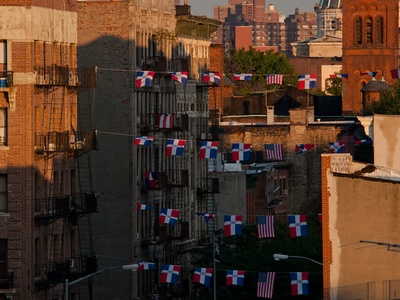
Dominican American
One of the fastest-growing Hispanic groups in the U.S. They have established a large and vibrant community, particularly in New York City, and are famous for their contributions to baseball and music.
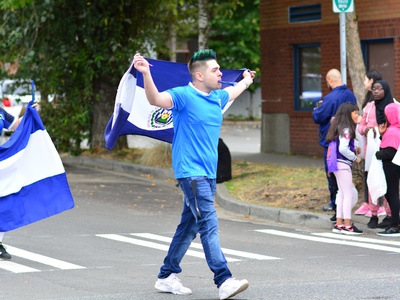
Salvadoran American
The largest group of Central American origin in the U.S., many of whom arrived as refugees from the Salvadoran Civil War. They have established strong communities in cities like Los Angeles and Washington, D.C.
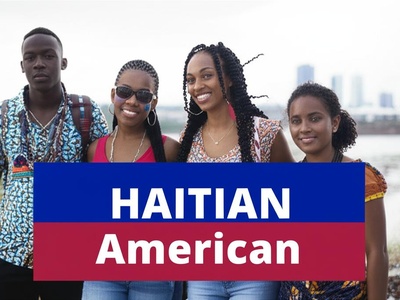
Haitian American
A community largely built by immigrants fleeing political instability and poverty. They have strong concentrations in Florida and the Northeast, with a vibrant culture rich in art, music, and Vodou-influenced traditions.
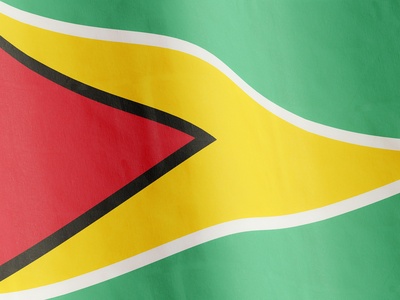
Jamaican American
A large Afro-Caribbean group with a significant presence in East Coast cities. They have had an outsized cultural influence, especially through music genres like reggae, dancehall, and hip-hop.
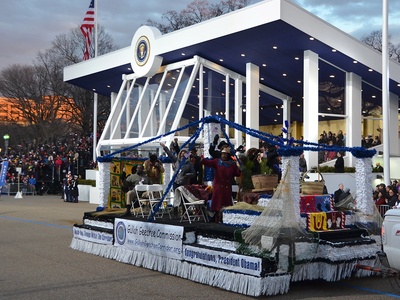
Gullah Geechee
Descendants of West and Central Africans who preserved many of their linguistic and cultural traditions in the isolated Sea Islands. Their unique creole language and culture are federally recognized.
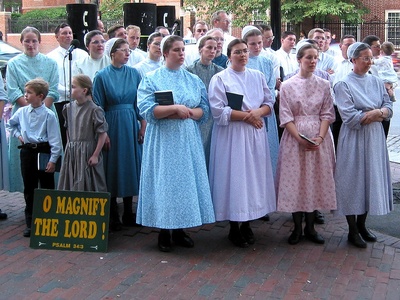
Mennonite
An ethnoreligious group descended from Anabaptist reformers. This includes groups like the Amish and Old Order Mennonites, who are known for plain dress, pacifism, and separation from the modern world.
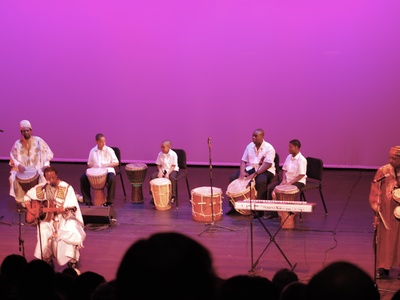
Garifuna
An Afro-Indigenous people descended from West Africans and Arawak/Carib peoples. Their unique culture, language, and music are recognized by UNESCO as a Masterpiece of the Oral and Intangible Heritage of Humanity.
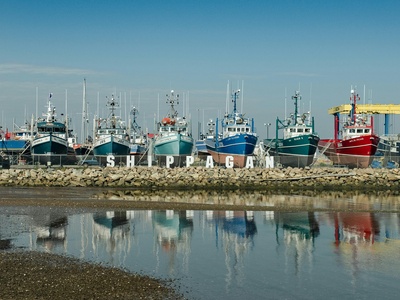
Acadian
Descendants of French colonists who settled in Acadia (now the Maritimes) in the 17th century. They have a distinct identity, flag, and anthem, separate from the Québécois, forged by their history of deportation.
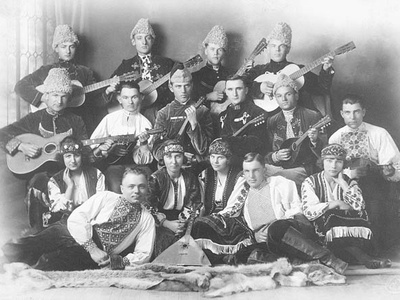
Ukrainian Canadian
One of Canada’s largest ethnic groups, especially in the Prairie provinces. They arrived in several waves and have maintained a strong cultural identity through dance, music, and religious institutions.
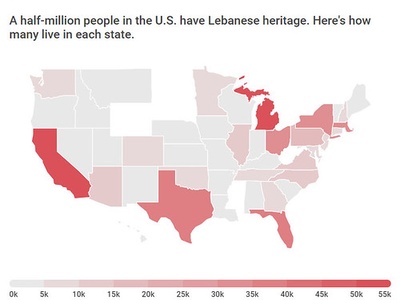
Lebanese American
One of the oldest and largest Arab American communities. They began immigrating in the late 19th century and have become well-integrated, making notable contributions as entrepreneurs, doctors, and public servants.
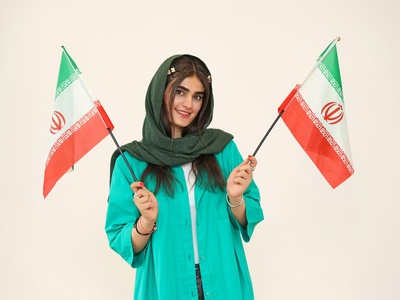
Iranian American
Primarily composed of those who left Iran after the 1979 revolution. They are a highly educated and professional community, with large populations in Southern California, known for their rich cultural traditions.
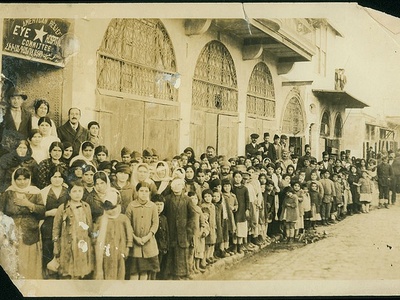
Armenian American
A diaspora community largely descended from survivors of the Armenian Genocide. They have built tight-knit communities, particularly in California, focused on preserving their ancient Christian culture and history.

Melungeon
A historically isolated people of mixed European, African, and Native American ancestry in the Appalachian Mountains. Their origins are debated, but they are recognized as a distinct cultural and ethnic group.
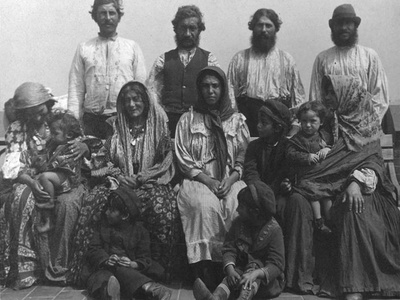
Romani American
An ethnic group with origins in Northern India, often known as “Gypsies.” They have a long history of persecution and a semi-nomadic culture with strong traditions around family, purity laws, and music.

